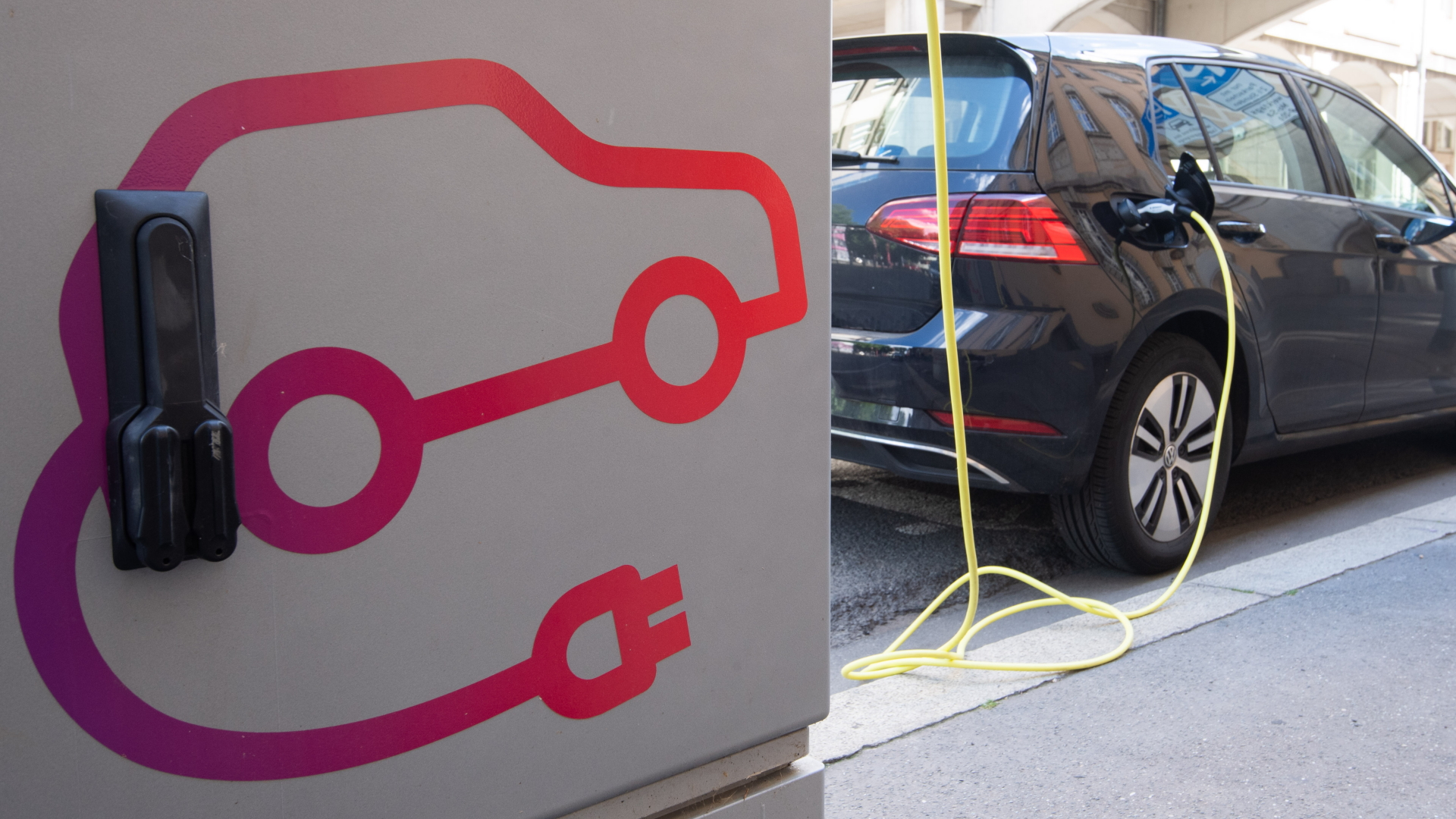So, die Zahlen für November und Dezember 2022 habe ich nachgetragen.
Die Zulassungszahlen für den Kuga sind erwartungsgemäß sprunghaft gestiegen, getrieben natürlich von den PHEV und der auslaufenden Umweltprämie. Ford hat offenbar große Teile der Produktion aus Valencia nach Deutschland gelenkt, um möglichst viele PHEV zulassen zu können. Zusätzlich dürften viele Händler im Dezember noch ihre Bestands-PHEV zugelassen haben, um die Prämie zu kassieren.
Der PHEV-Anteil im November betrug 87,2 % und im Dezember sagenhafte 93 % (Gesamtjahr 73,9 %). Die Vorjahreszahlen insgesamt wurden damit deutlich übertroffen. Man darf gespannt sein, wie's weitergeht.
Ergänzende Info: der Kuga war 2022 mit Abstand das meistverkaufte (und natürlich meist-gepushte) Ford Modell in Deutschland mit einem Anteil von 29,3 % an den Gesamtverkäufen (Focus 15,3 %, Puma 13,4 %, Transit/Tourneo 12,6 %, Fiesta 10,1 %).


